The Challenge
Mass-market social media platforms often prioritize algorithms over human connection, leaving niche communities like BTS fans (ARMY) feeling fragmented. Motivated by this gap, I joined a global volunteer team set out to build Boraami—a safer, community-centric social space with tailored moderation and features.
The challenge was twofold: designing a product that resonated with millions of users across six continents, and collaborating with a fully remote team spanning time zones and cultural contexts—all working voluntarily in our spare time.
My Role
As co-lead of the design and management teams, I balanced hands-on design with cross-functional leadership. On the management side, I helped define the product roadmap, from beta to MVP, aligning stakeholders across disciplines like security, development, and community moderation.
For design, I recruited and coordinated a volunteer team, established workflows using Figma and Notion, and oversaw research, prototyping, and the UI library.
Our team includes developers, security analysts, and community managers across Asia, Africa, Europe, and the Americas. Collaboration relied on async workflows with weekly calls and Discord updates that helped bridge time zones.
Research & Insights
We began with a global survey of 6,700+ ARMY members, which revealed a shared frustration with existing platforms: users craved a dedicated space free from harassment, with tools for event organization and content sharing.
In cross-functional workshops, we brainstormed ideas and then prioritized resulting features using an impact-effort matrix. Key decisions included:
- Focusing the MVP on safe communication tools (content timeline, user profiles).
- Deferring complex features like event calendars to post-MVP phases.
- Deferring complex features like event calendars to post-MVP phases.
Design Process
Wireframing & Testing
Starting with core features like timeline, calendar and checklist, we tested low-fidelity prototypes with ARMY users. Feedback led to simplifications and refinement.
Starting with core features like timeline, calendar and checklist, we tested low-fidelity prototypes with ARMY users. Feedback led to simplifications and refinement.
Service Design for Safety
We mapped a manual admission process to ensure community trust, balancing transparency for users with efficiency for moderators. Interactions between users, moderators, and developers were streamlined to avoid bottlenecks.
We mapped a manual admission process to ensure community trust, balancing transparency for users with efficiency for moderators. Interactions between users, moderators, and developers were streamlined to avoid bottlenecks.
UI & Design System
High-fidelity screens were designed for the MVP features, their complete flows with error and empty states including light and dark modes.
High-fidelity screens were designed for the MVP features, their complete flows with error and empty states including light and dark modes.
The UI library followed atomic design principles, with:
- Foundations: using layers of semantic tokens.
- Components: Reusable elements from basic like buttons to more complex like content posts.
- Foundations: using layers of semantic tokens.
- Components: Reusable elements from basic like buttons to more complex like content posts.
UI variables
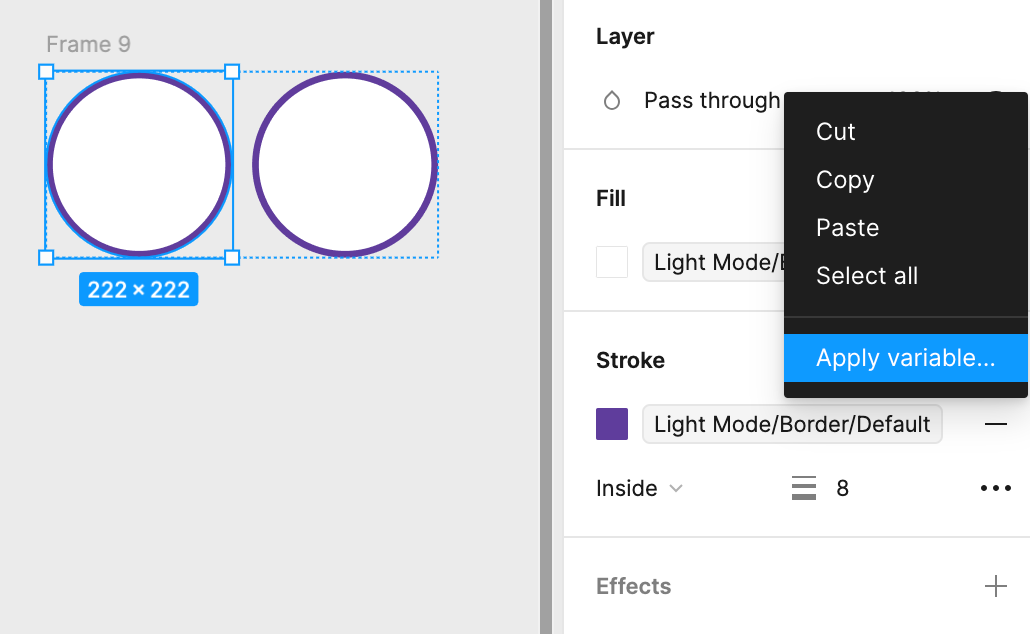

Outcomes
Today, Boraami is in beta testing with over 150 users across 113 countries. The MVP will include core social features like timeline and user profiles, all powered by our scalable UI library.
Early feedback highlights appreciation for the manual admission process, which, while slower, fosters trust.
The design system’s atomic structure allows designers to contribute without inconsistency, while developers value the variables architecture for simplifying theme implementation.
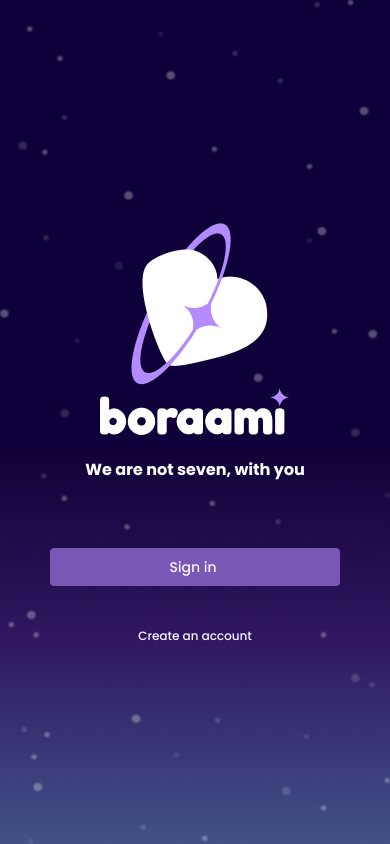
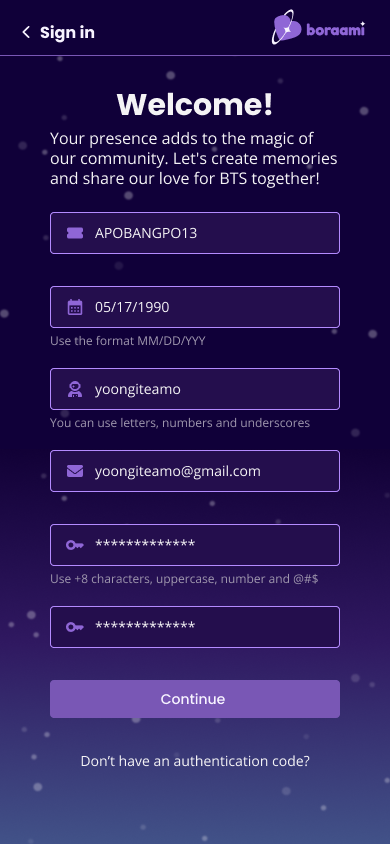
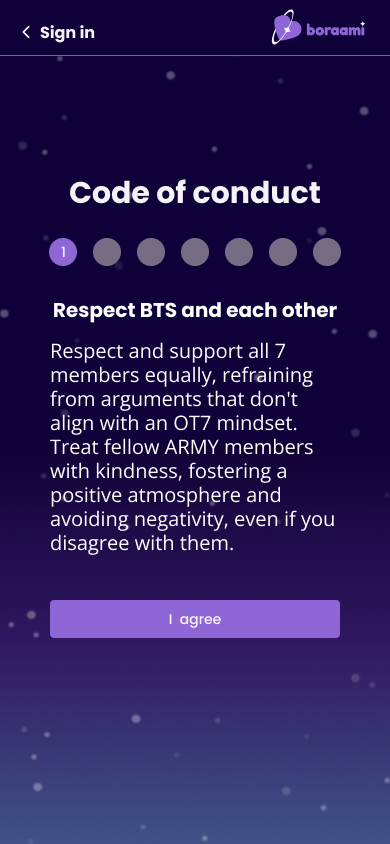

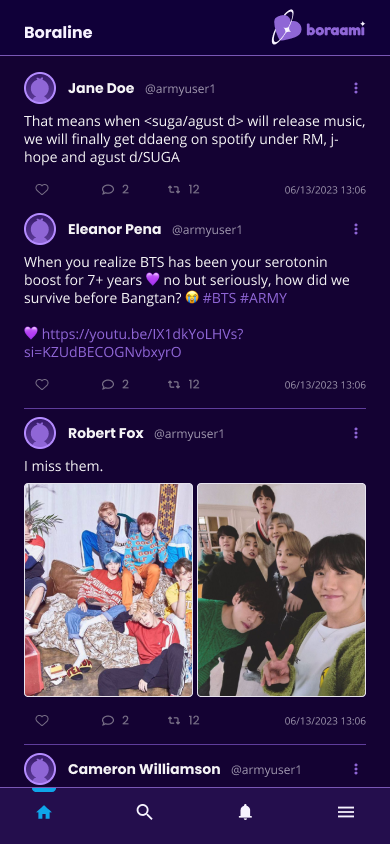
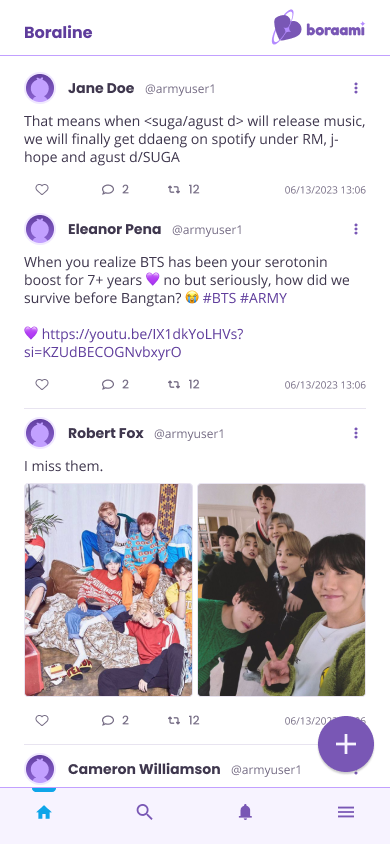
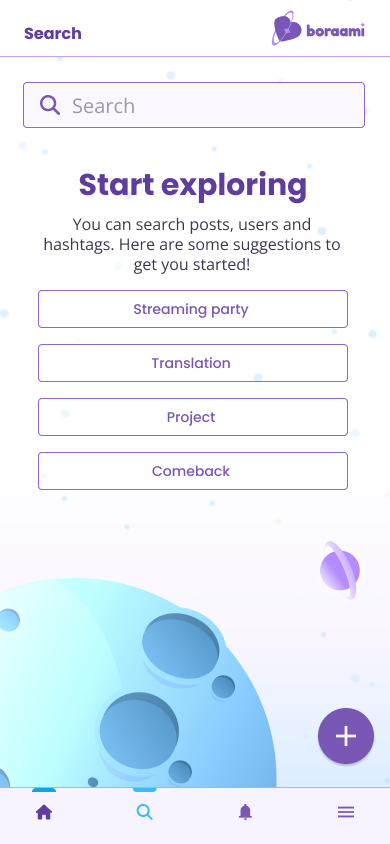
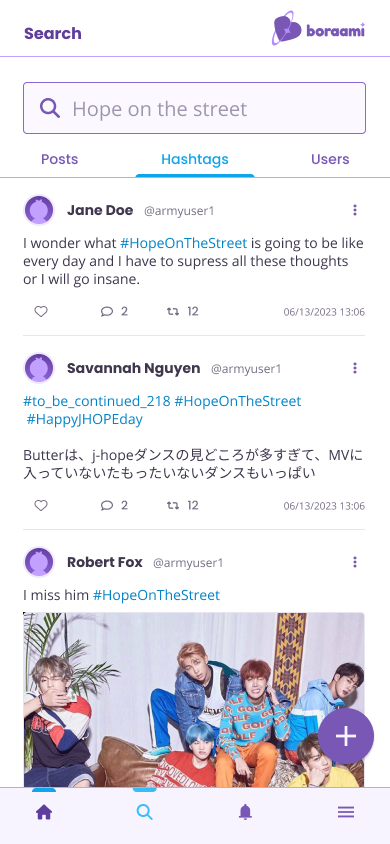
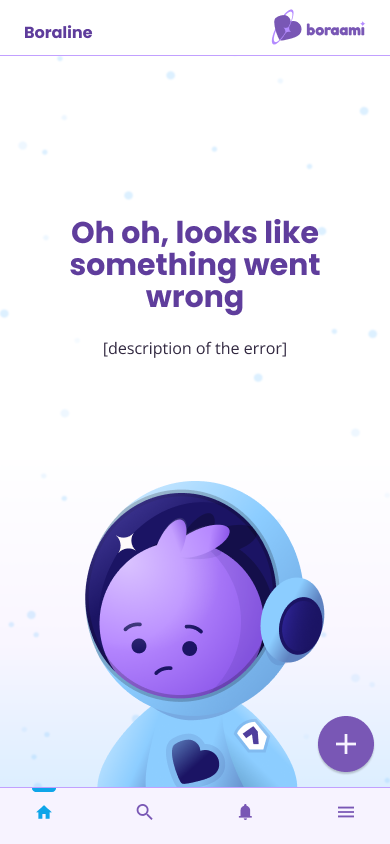
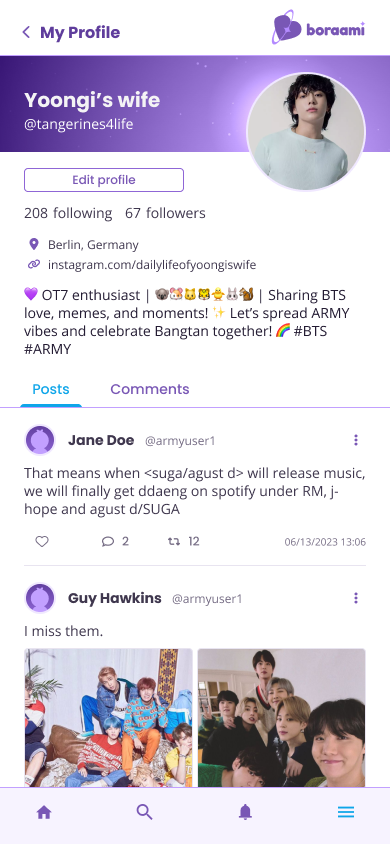
What I Learned
Leading a global volunteer team taught me the power of async rituals—weekly Discord check-ins and milestone celebrations kept morale high despite time zones.
Documentation became our lifeline: clear guidelines ensured new team members could onboard quickly.
And most importantly, I saw how passion fuels persistence. When deadlines loomed, reminding the team of our mission—“to connect ARMY safely”—reignited focus.
